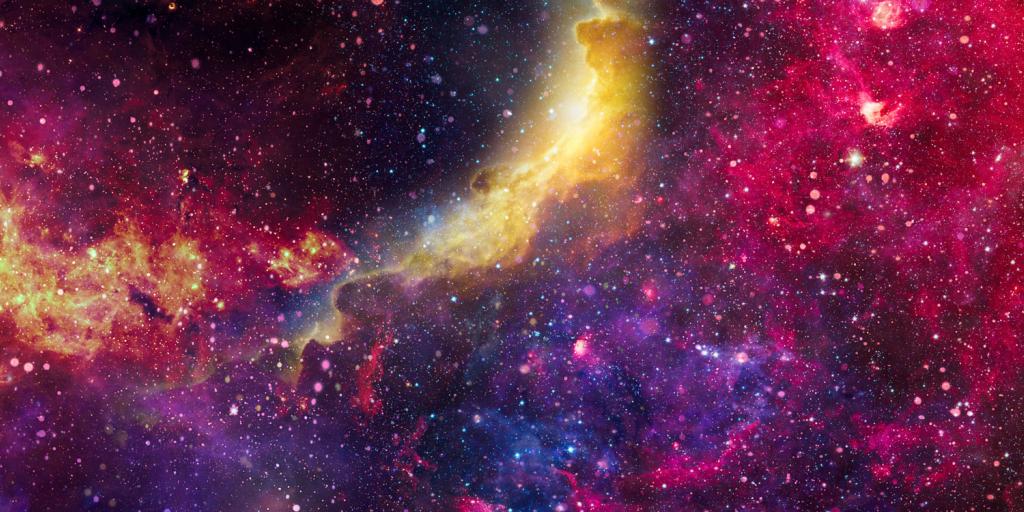
Scientists Puzzled by Structures in the Universe
According to a central tenet of the study of the universe, known as the cosmological principle, “on a large scale, the Universe should look roughly the same everywhere, no matter your position or the direction in which you are looking. There should be no giant structures, rather space should be smooth and uniform” (BBC, March 3, 2023). However, recent findings reveal a massive, arc-shaped ribbon of galaxies that span roughly one-fifteenth the radius of the observable universe—a distance of 3.3 billion light-years. This “Giant Arc” has thrown into question some of the most fundamental assumptions about the universe and how it formed. Plus, the Giant Arc is not the only structure of its kind. Such arrangements in the cosmos are forcing scientists to reevaluate their theories about the formation of the universe.
The probability that this arc-shaped structure formed by chance has been estimated to be 0.0003 percent. And to add insult to injury, “According to the standard model, structures like the Giant Arc simply wouldn’t have had time to form” as a result of any known natural processes. According to one author, “If more structures like the Giant Arc and Hercules-Corona Borealis Great Wall [another of these giant structures] are proven to exist, astronomers will be forced to rewrite—or at least revise—the standard model of cosmology.”
According to current scientific theories, these massive, clearly distinguishable galactic structures should not be able to exist. Because of this, one scientist posited that they “may have formed due to something in the natural physics of the Universe that we currently don’t account for.” Indeed, there is much in the formation of the universe many scientists do not account for, including an Intelligent Architect of the heavens! As the Apostle Paul noted “For since the creation of the world His invisible attributes are clearly seen, being understood by the things that are made, even His eternal power and Godhead, so that they are without excuse” (Romans 1:20). When one assumes that creation is an accident subject only to observable, mindless laws of physics and chemistry, one has to assume things will only occur without purpose, intention, or design. But, when you consider that “creation demands a Creator,” you remain open to possibility. Scientists back themselves into a corner when they reject facts that point to a Creator. To learn more about this fascinating subject, be sure to read or listen to The Real God: Proofs and Promises.



